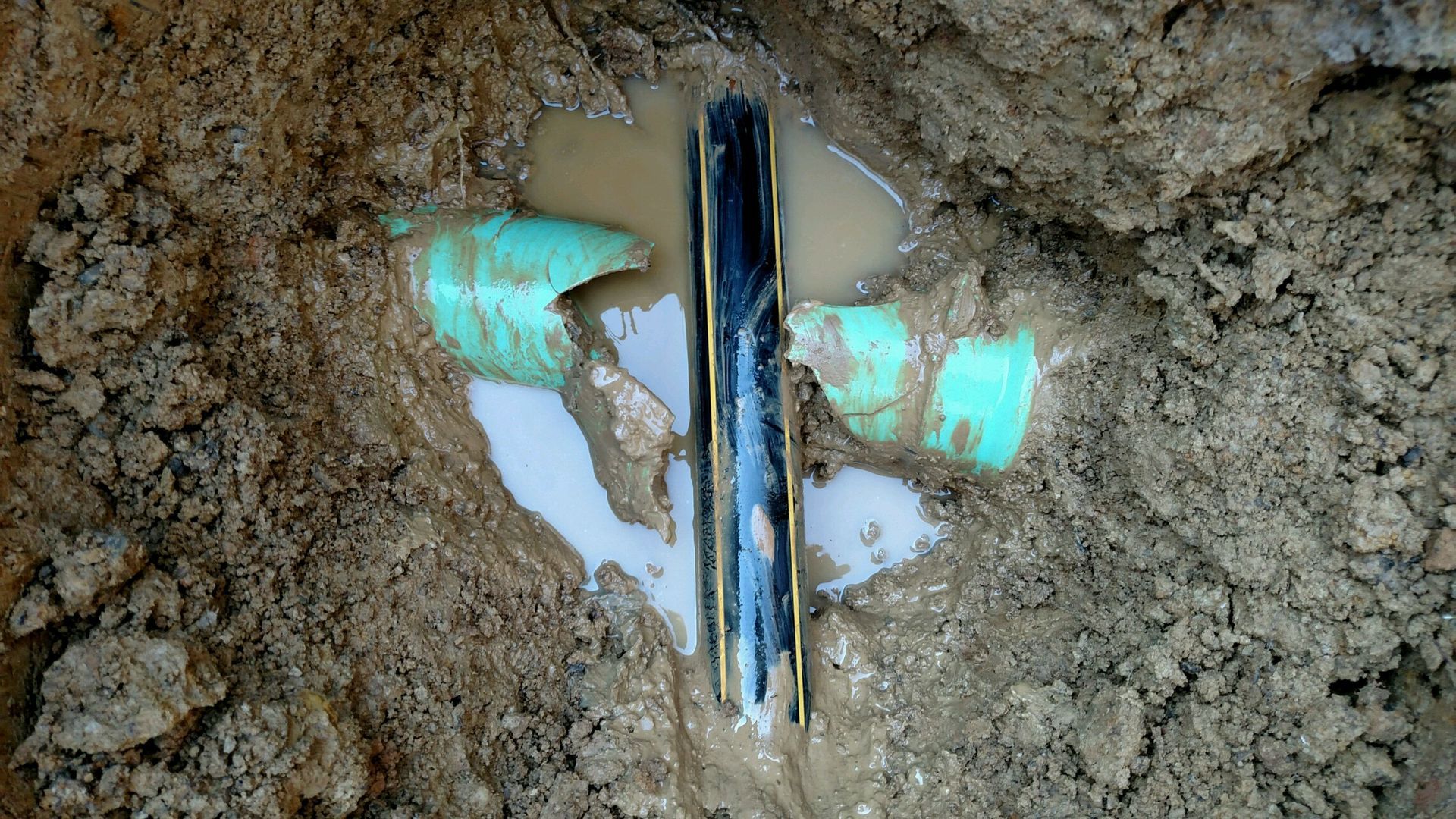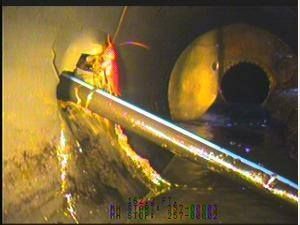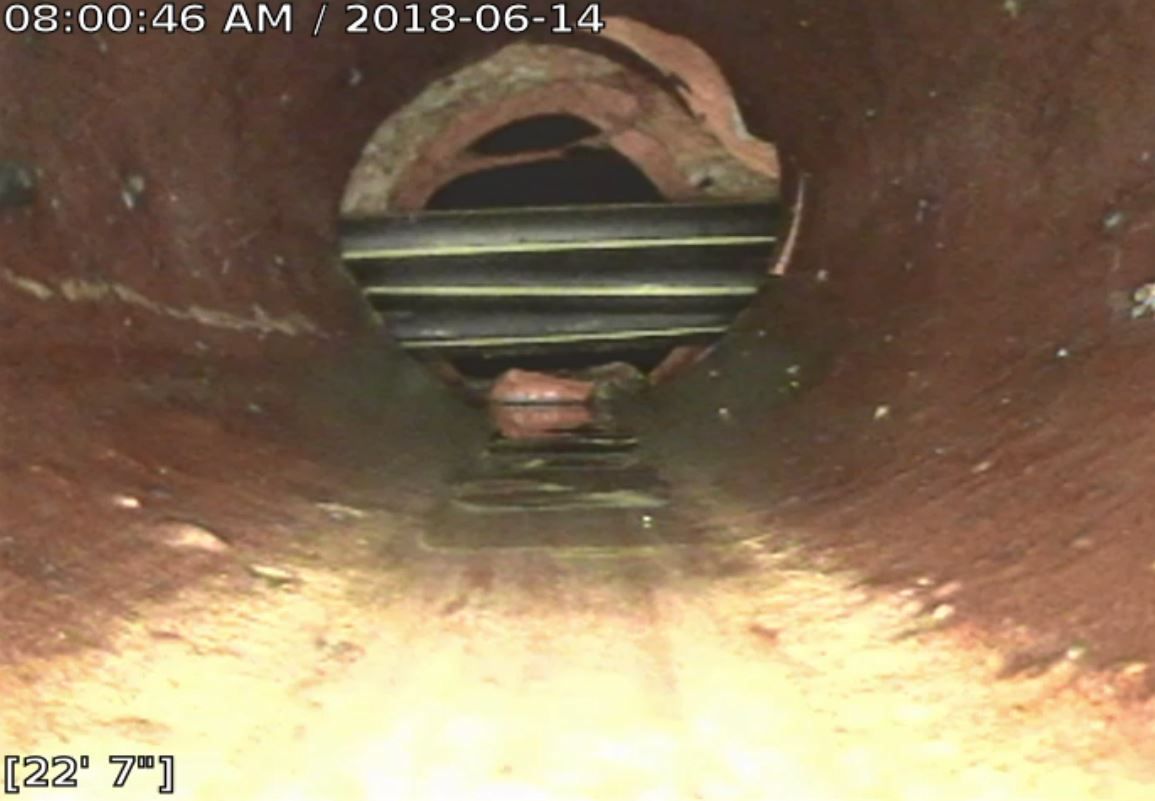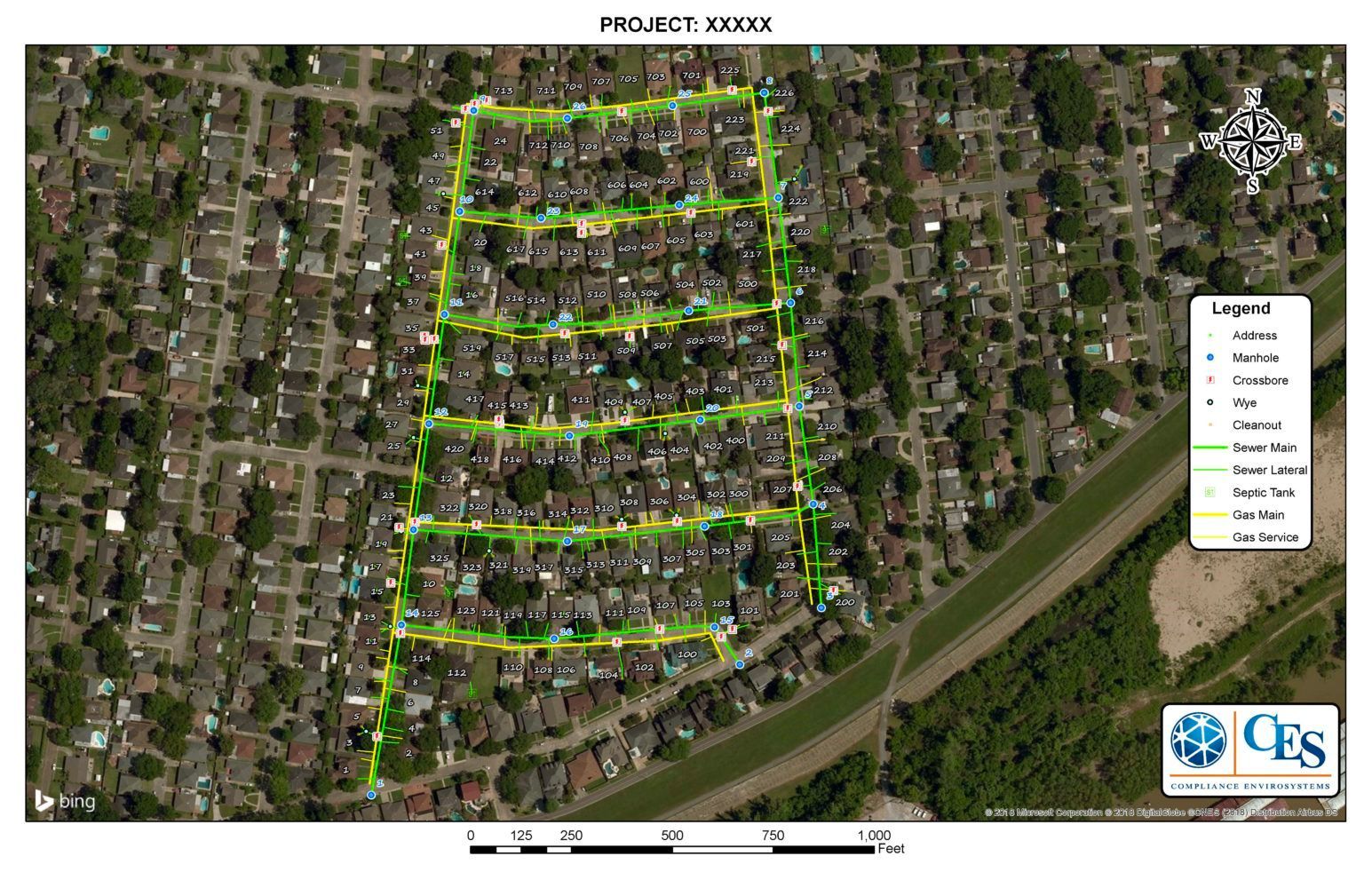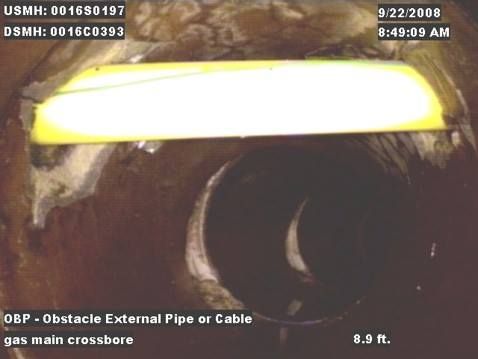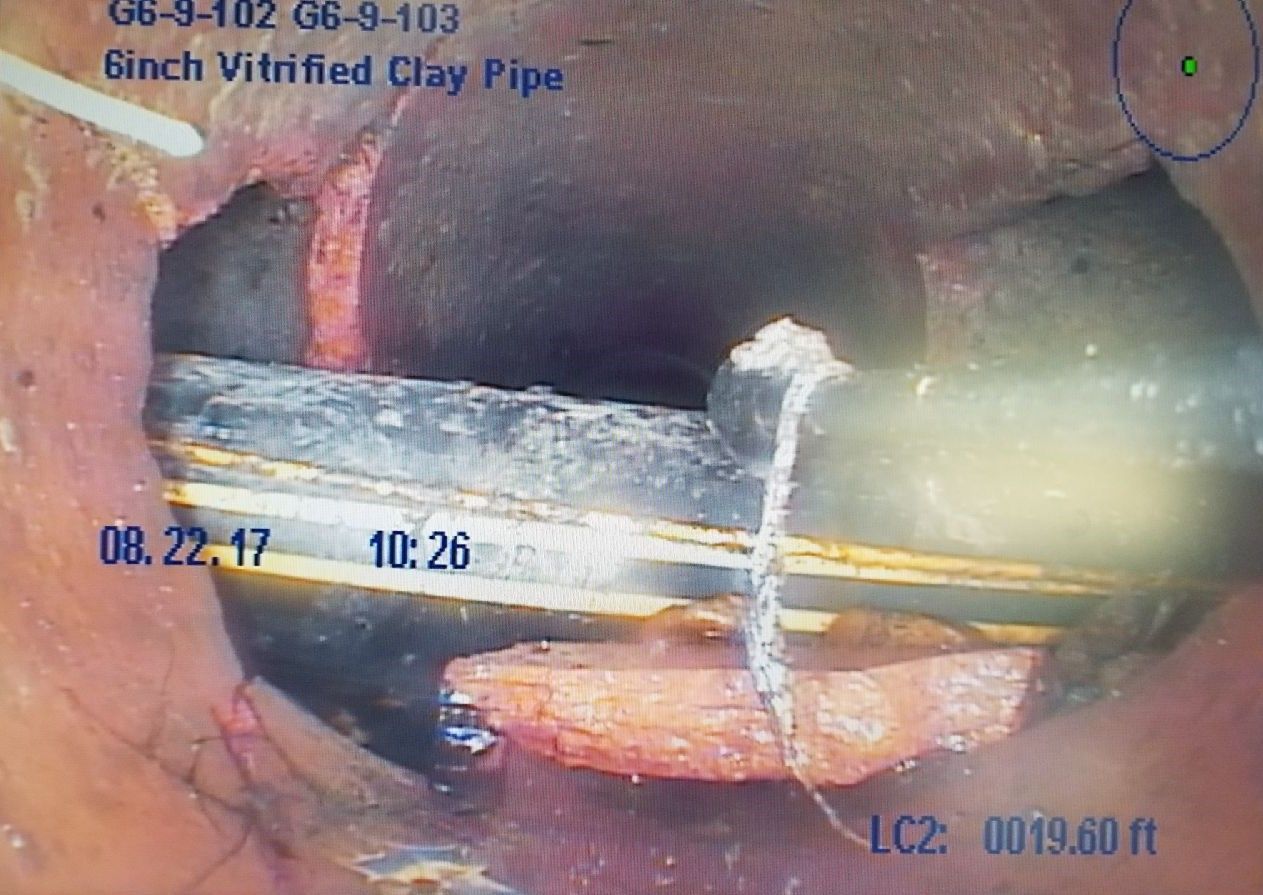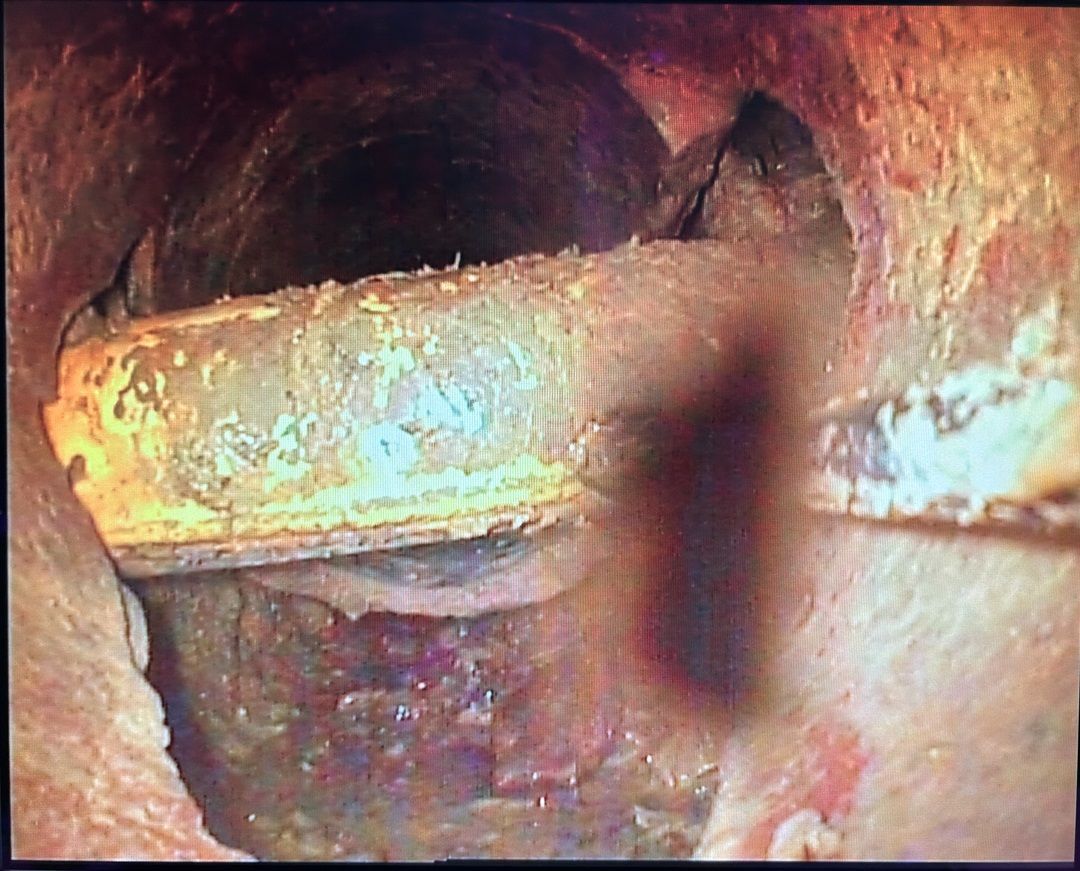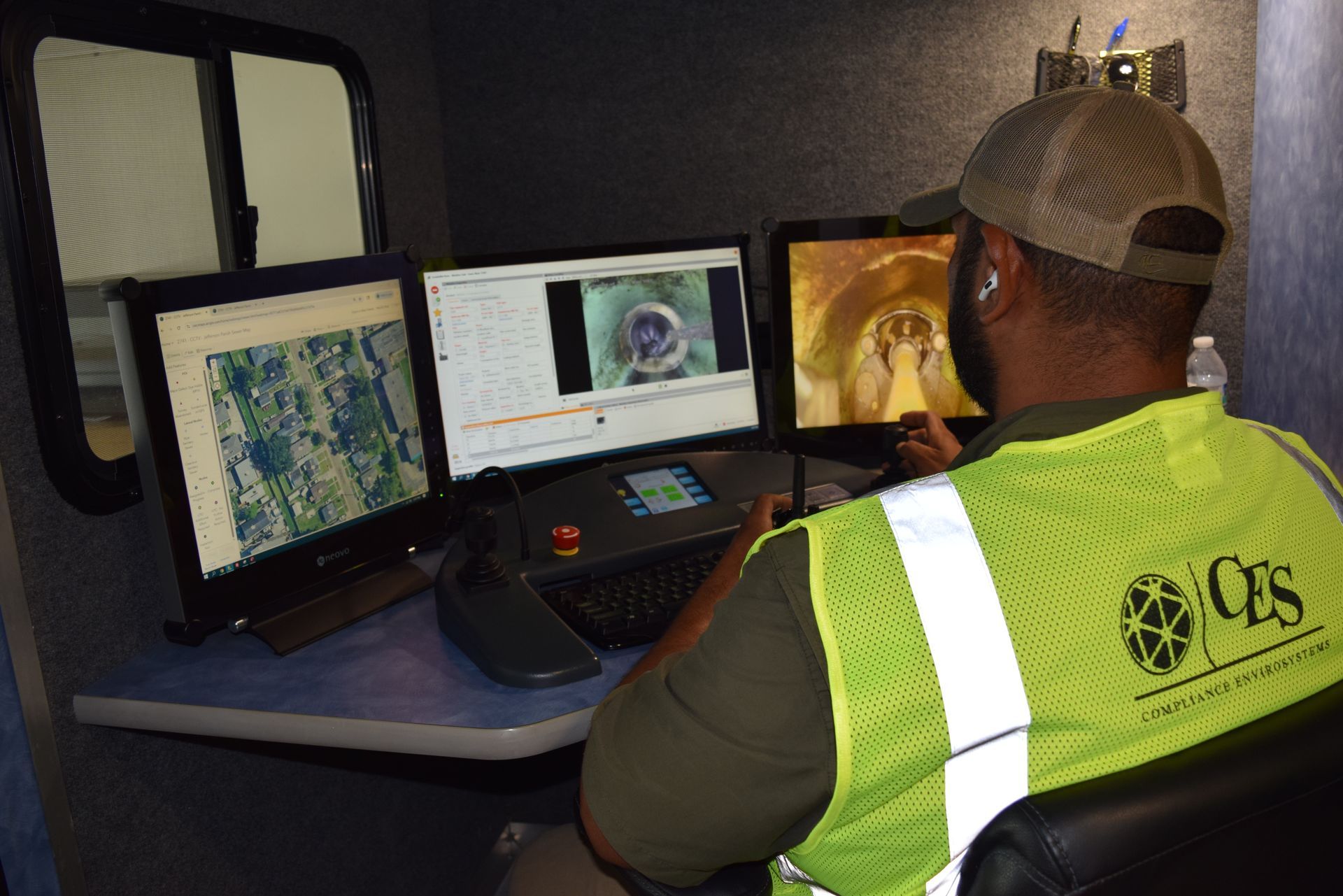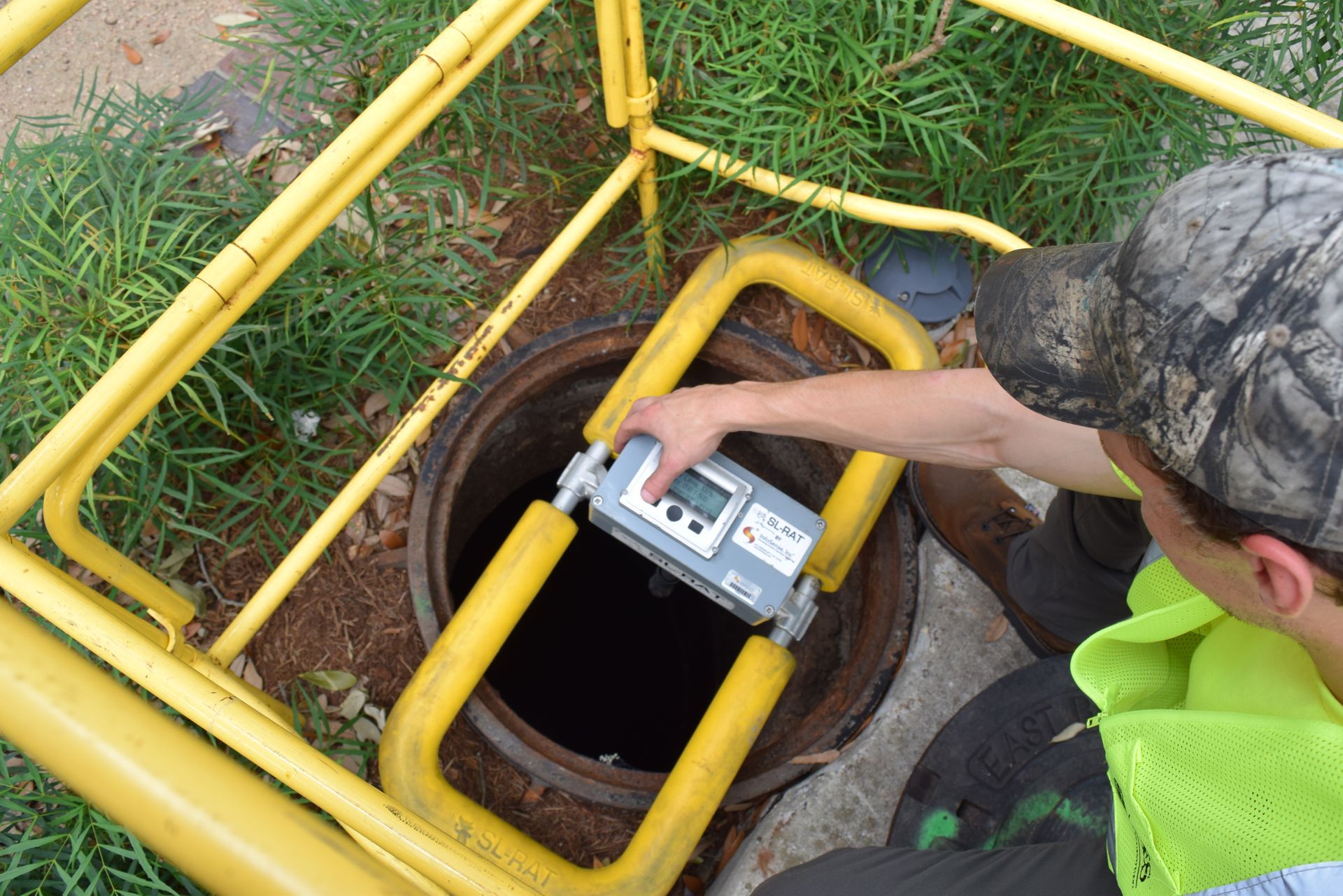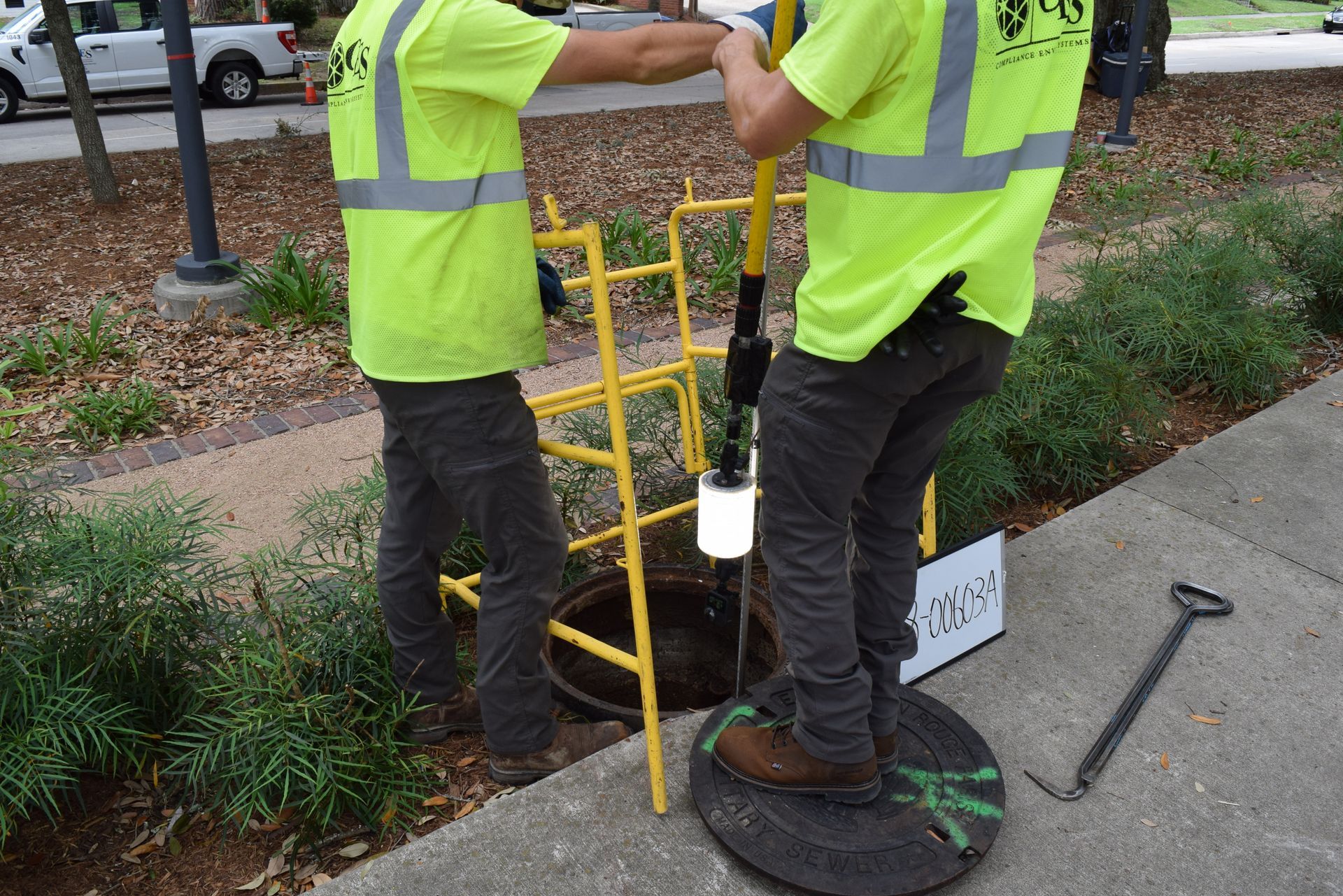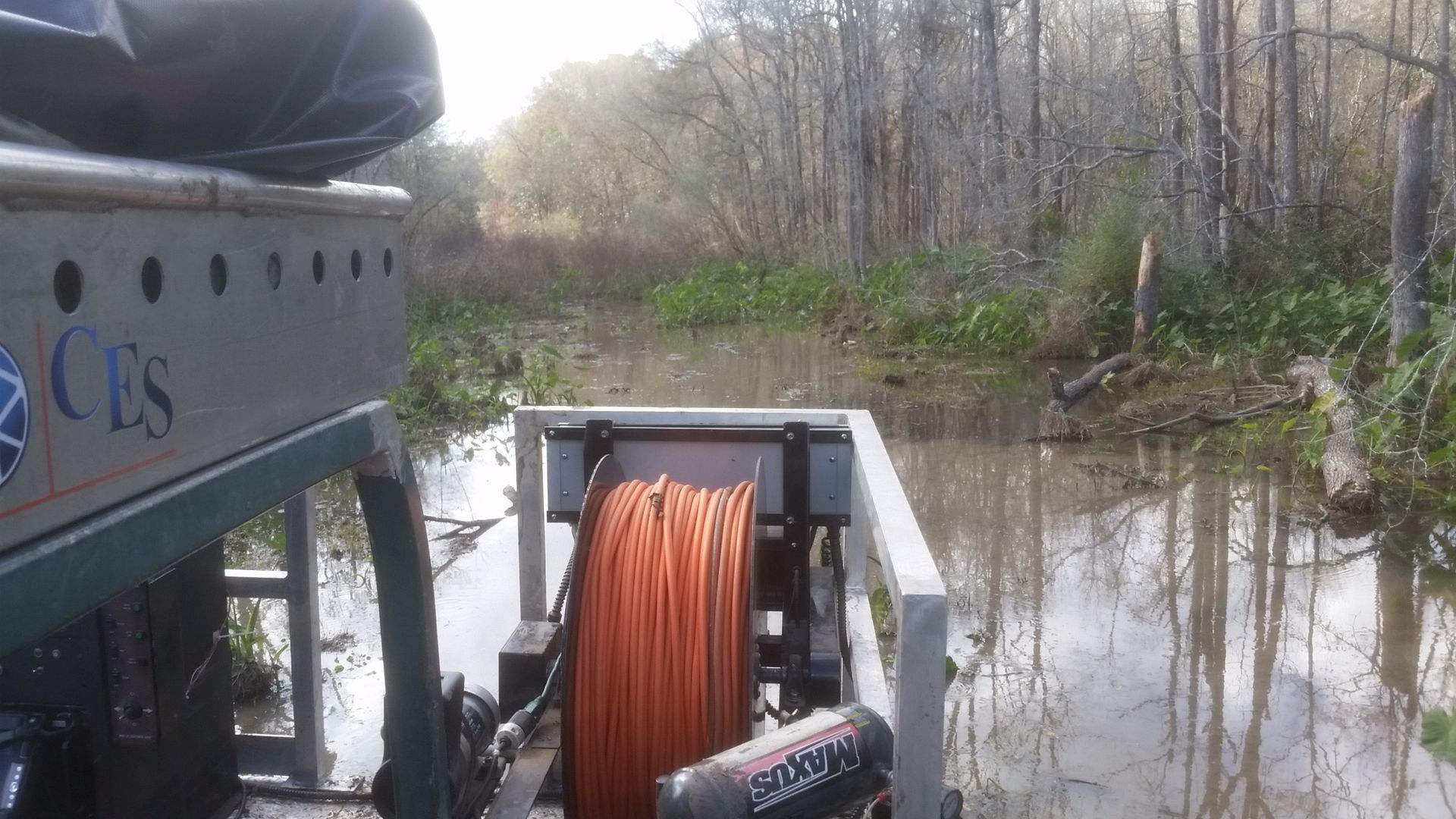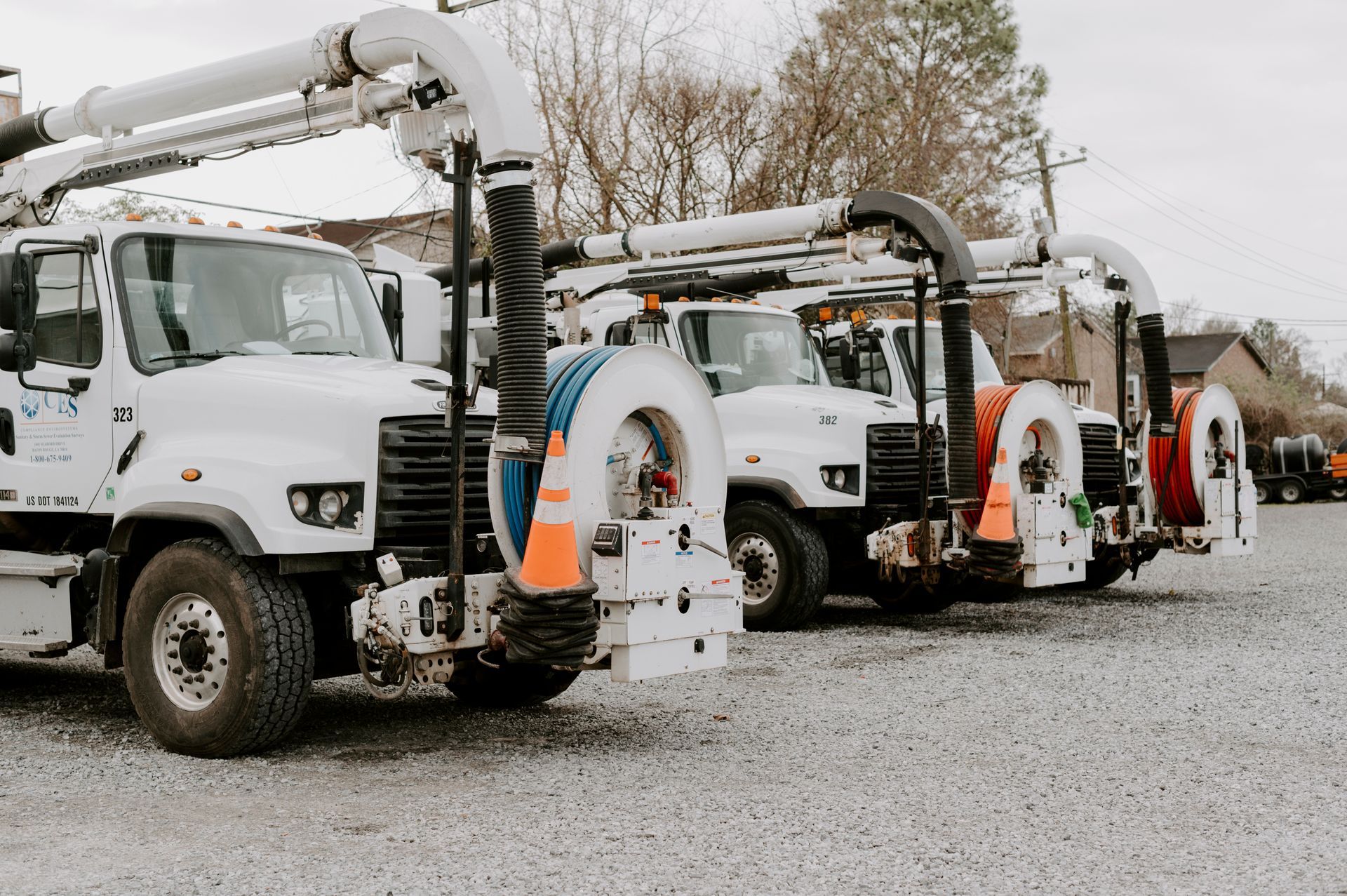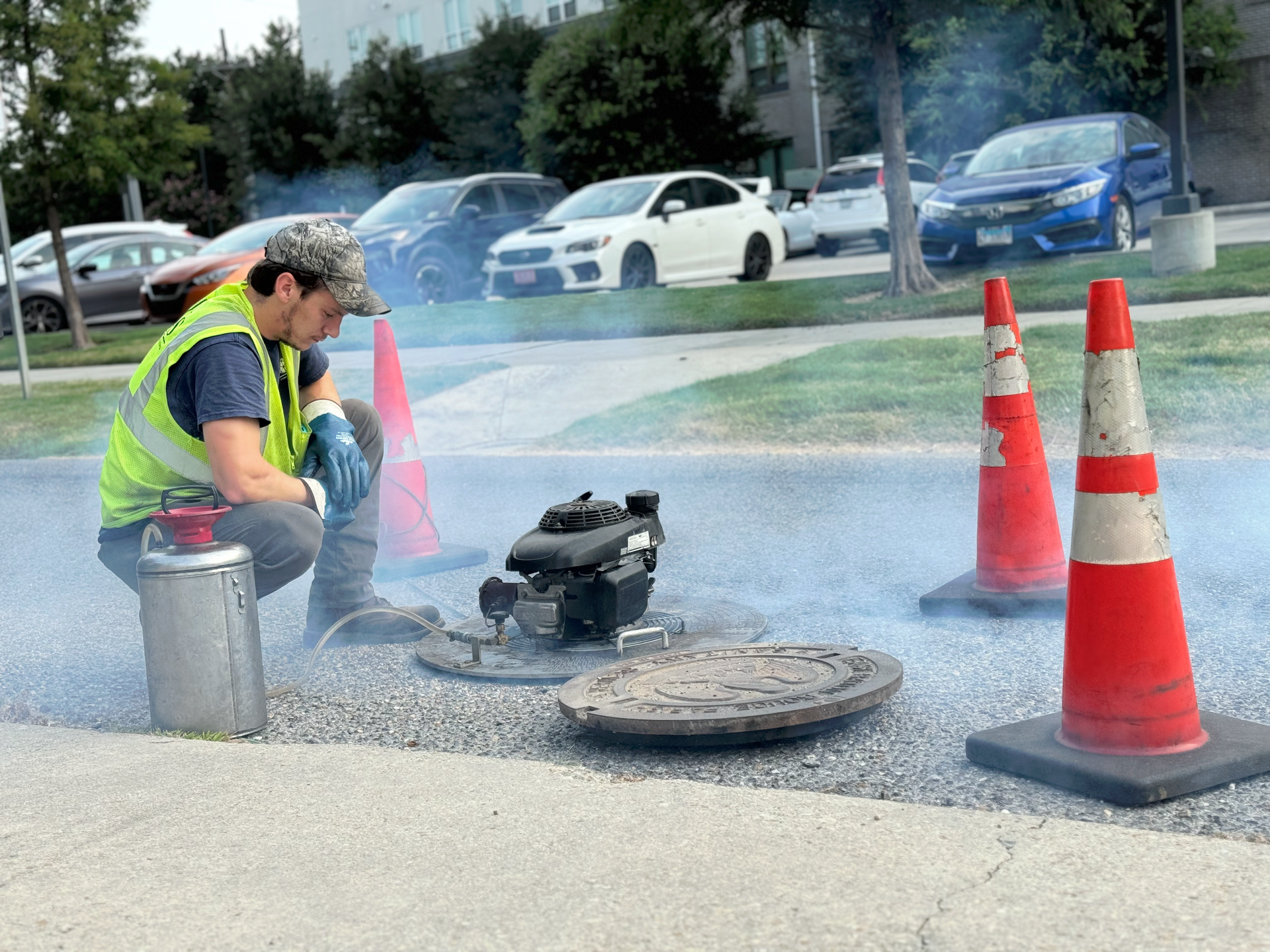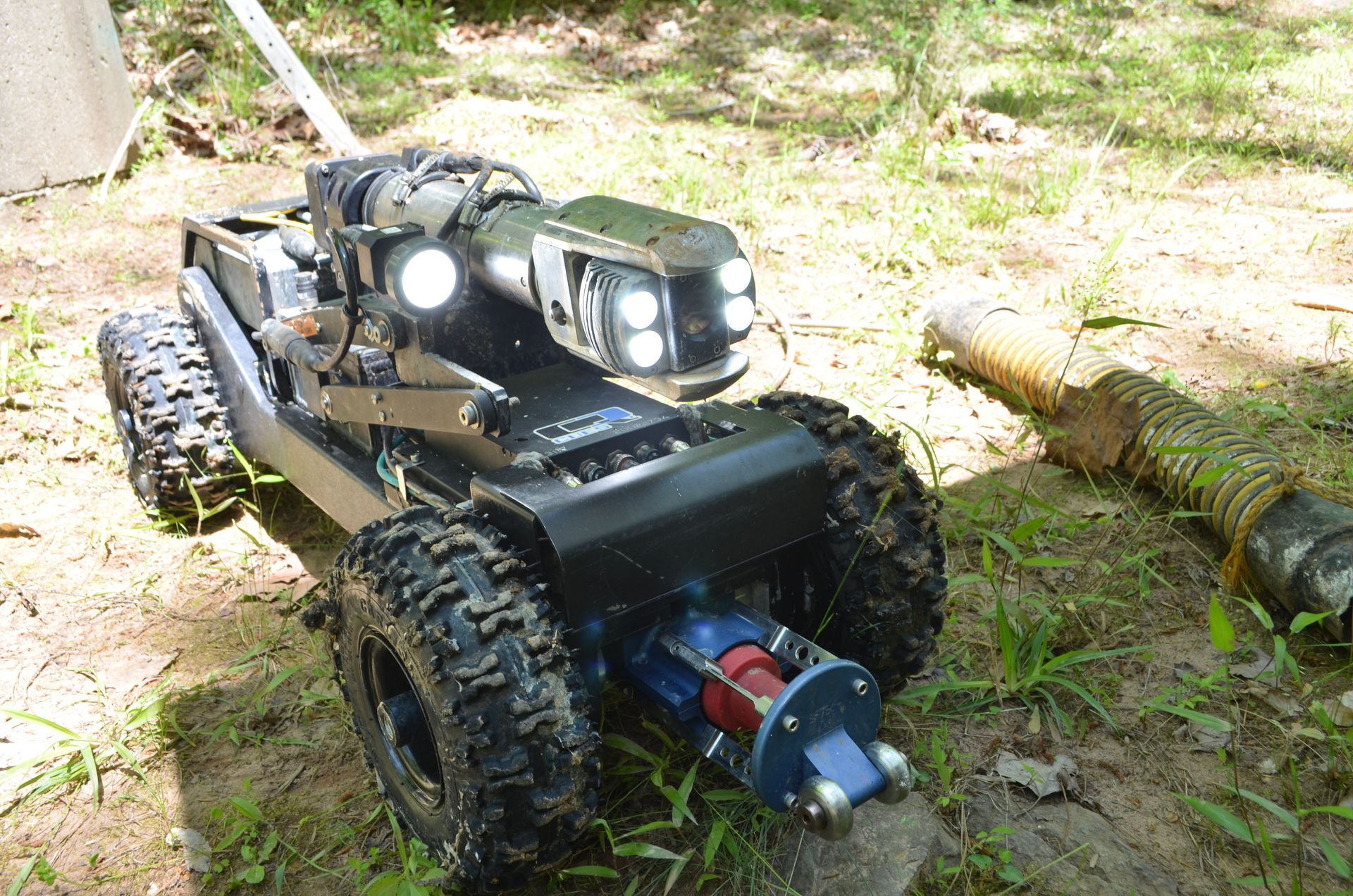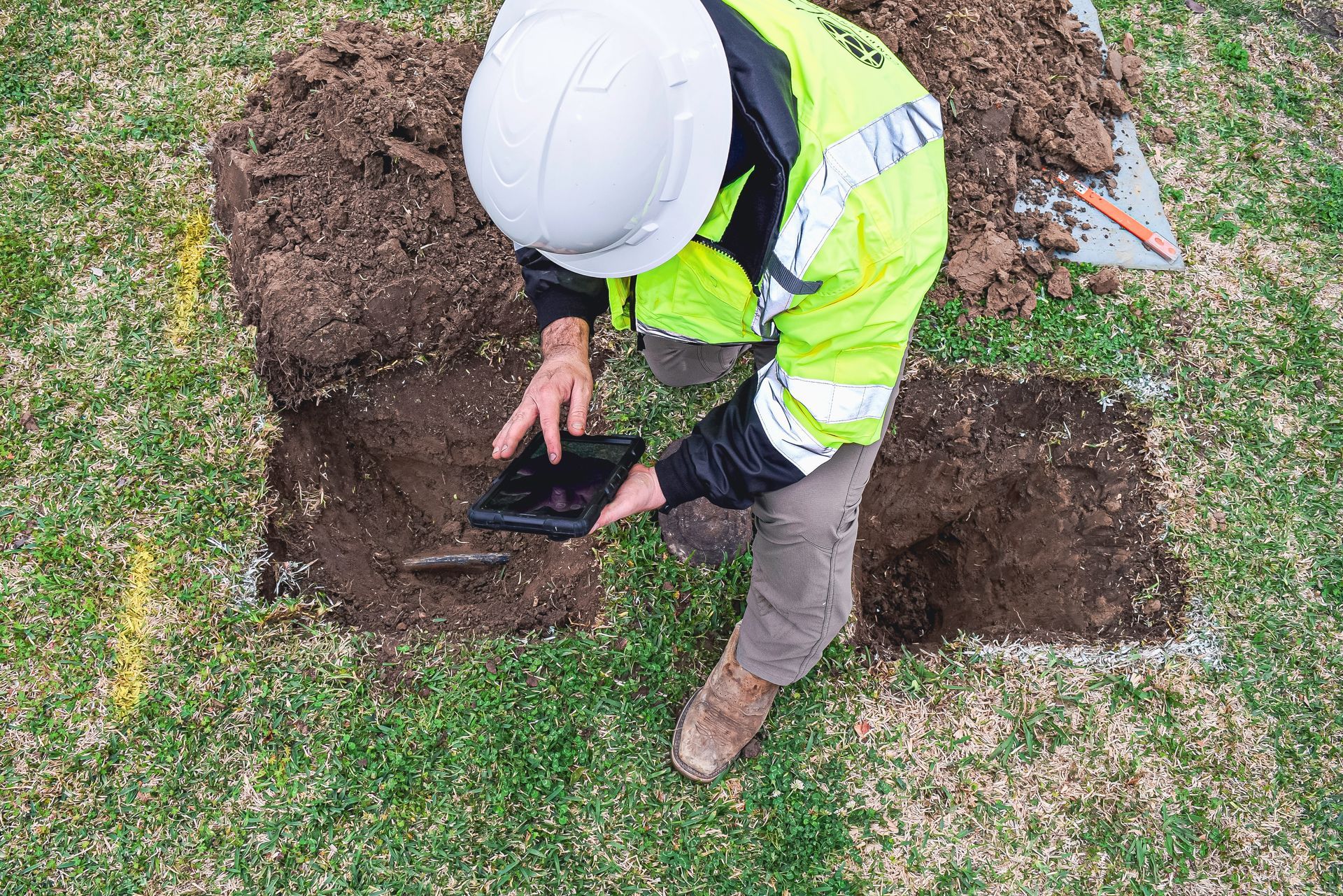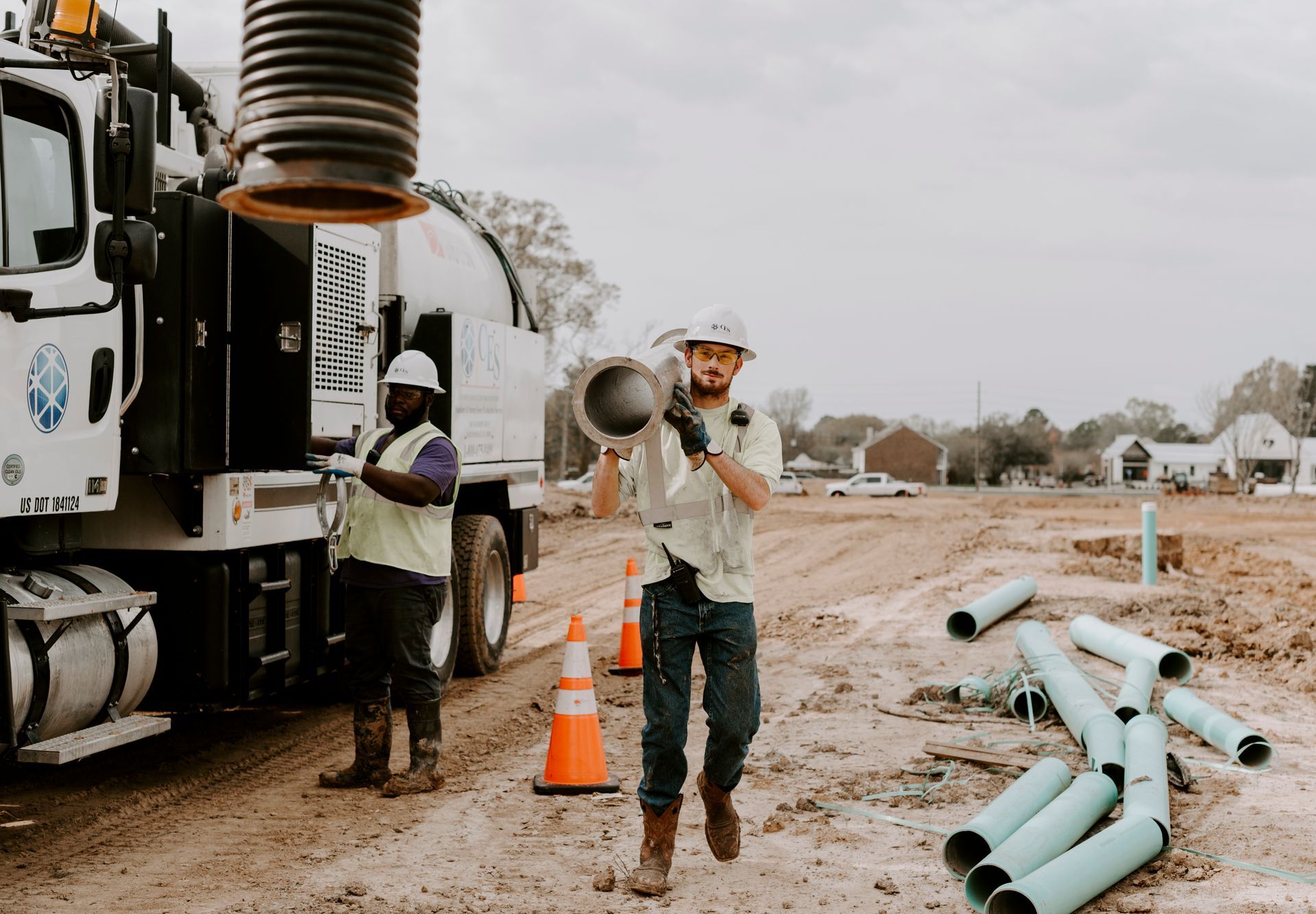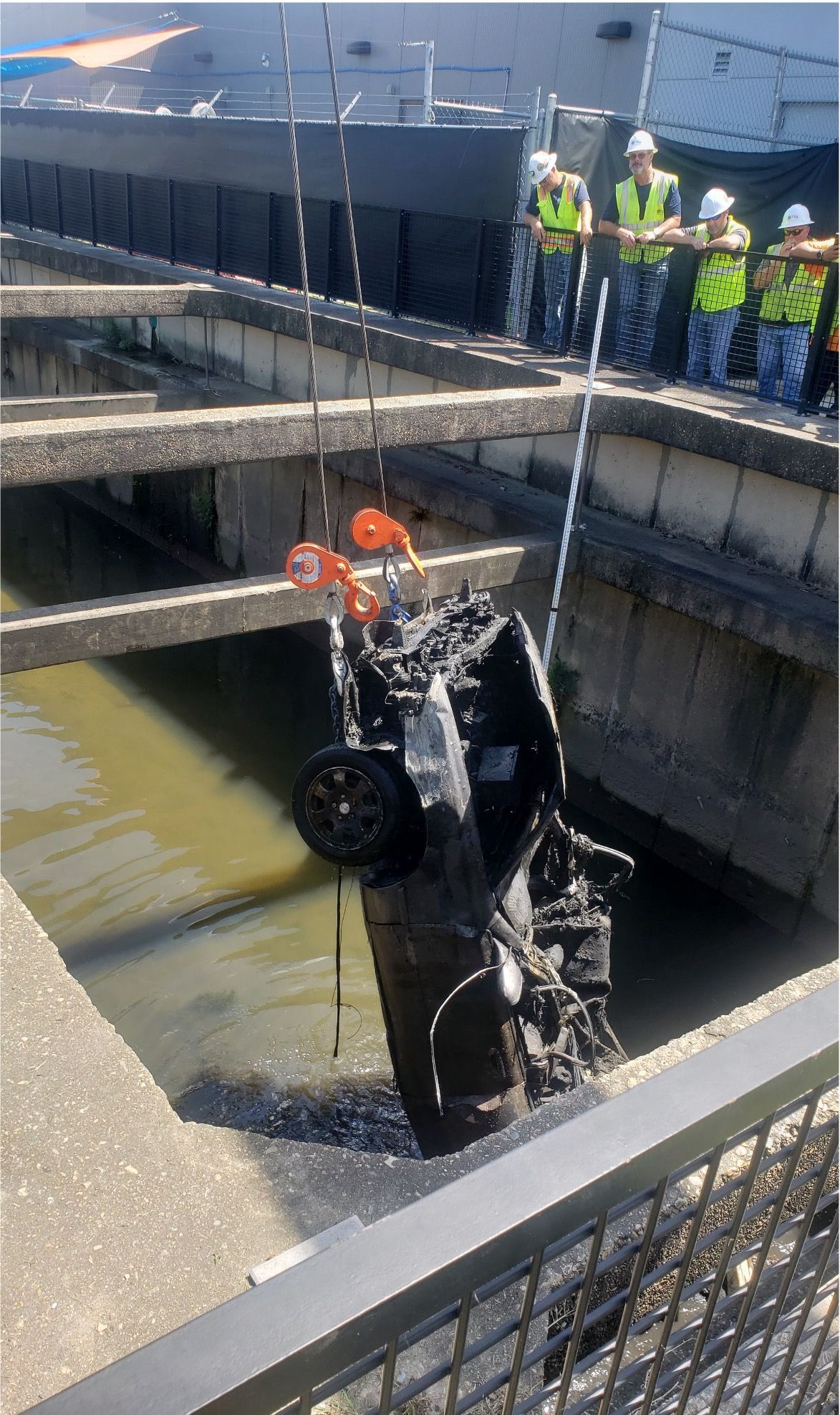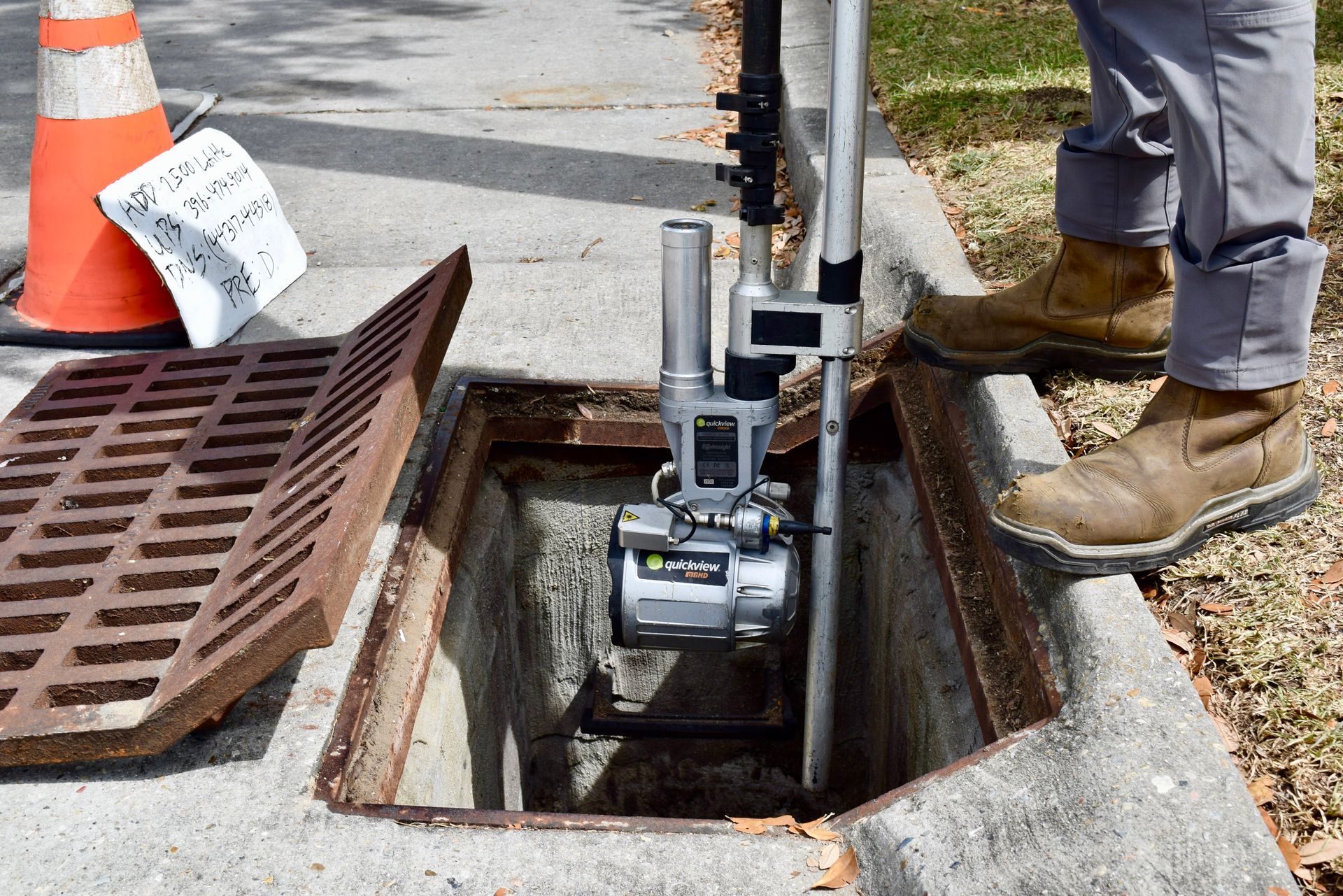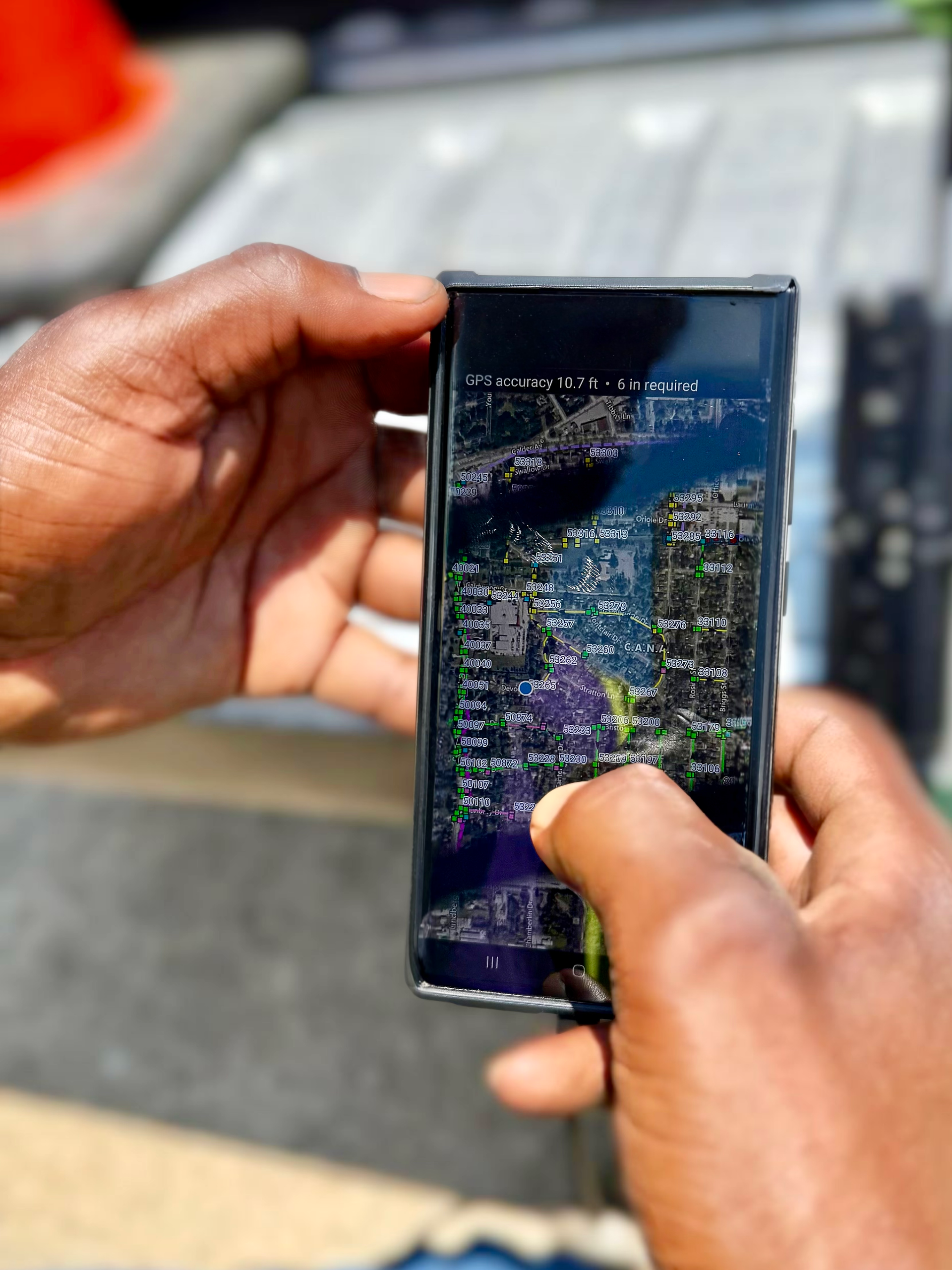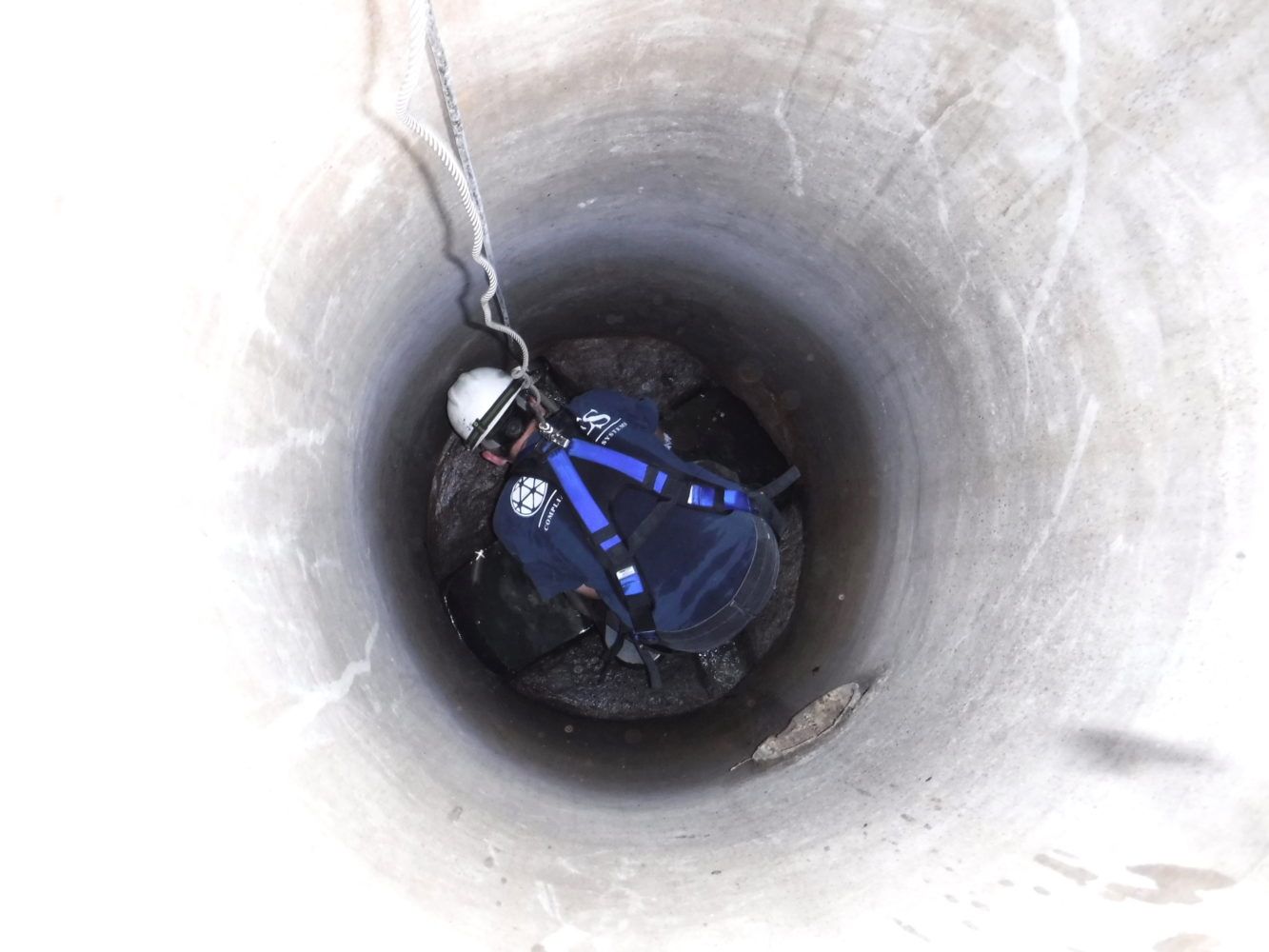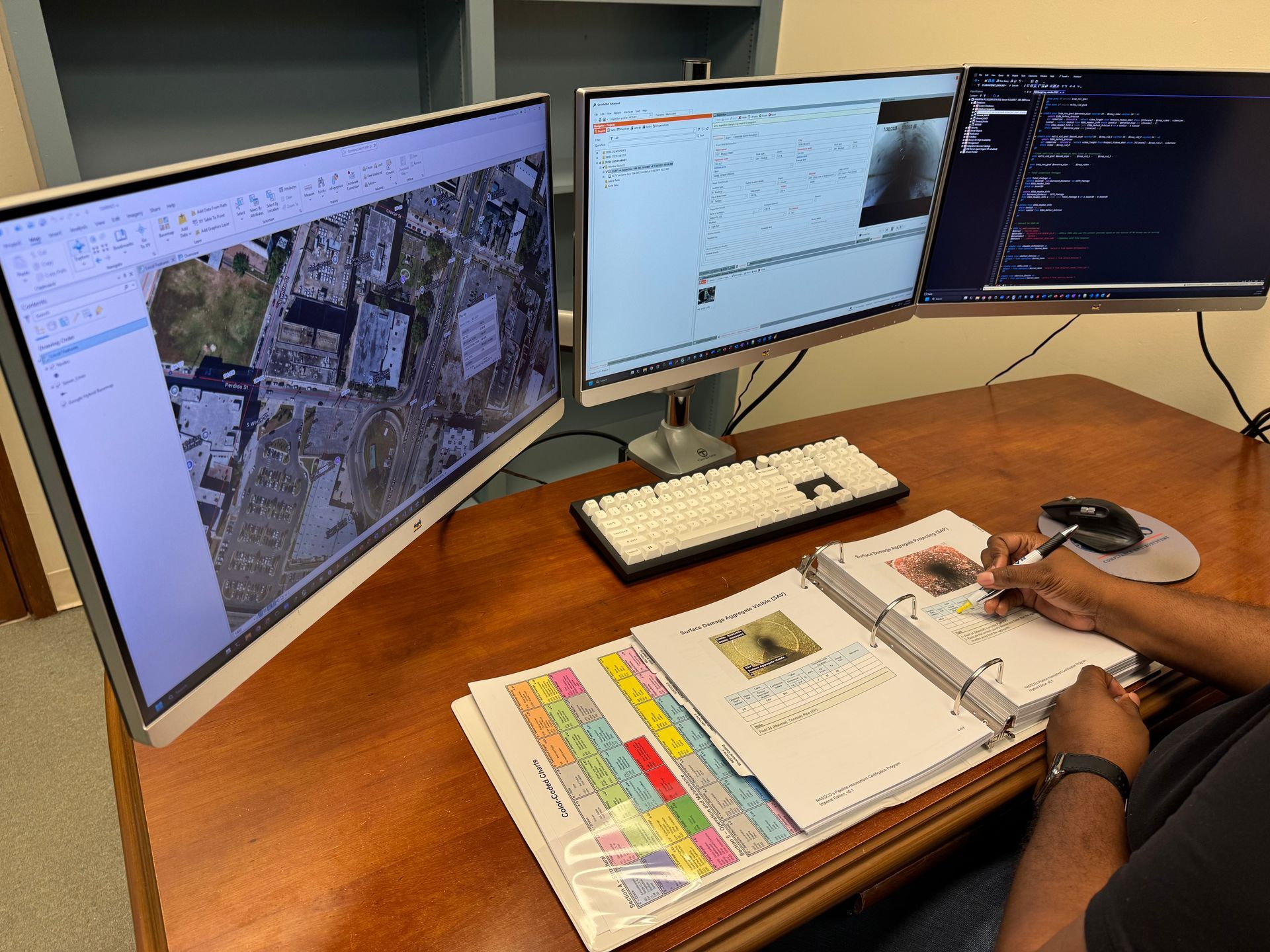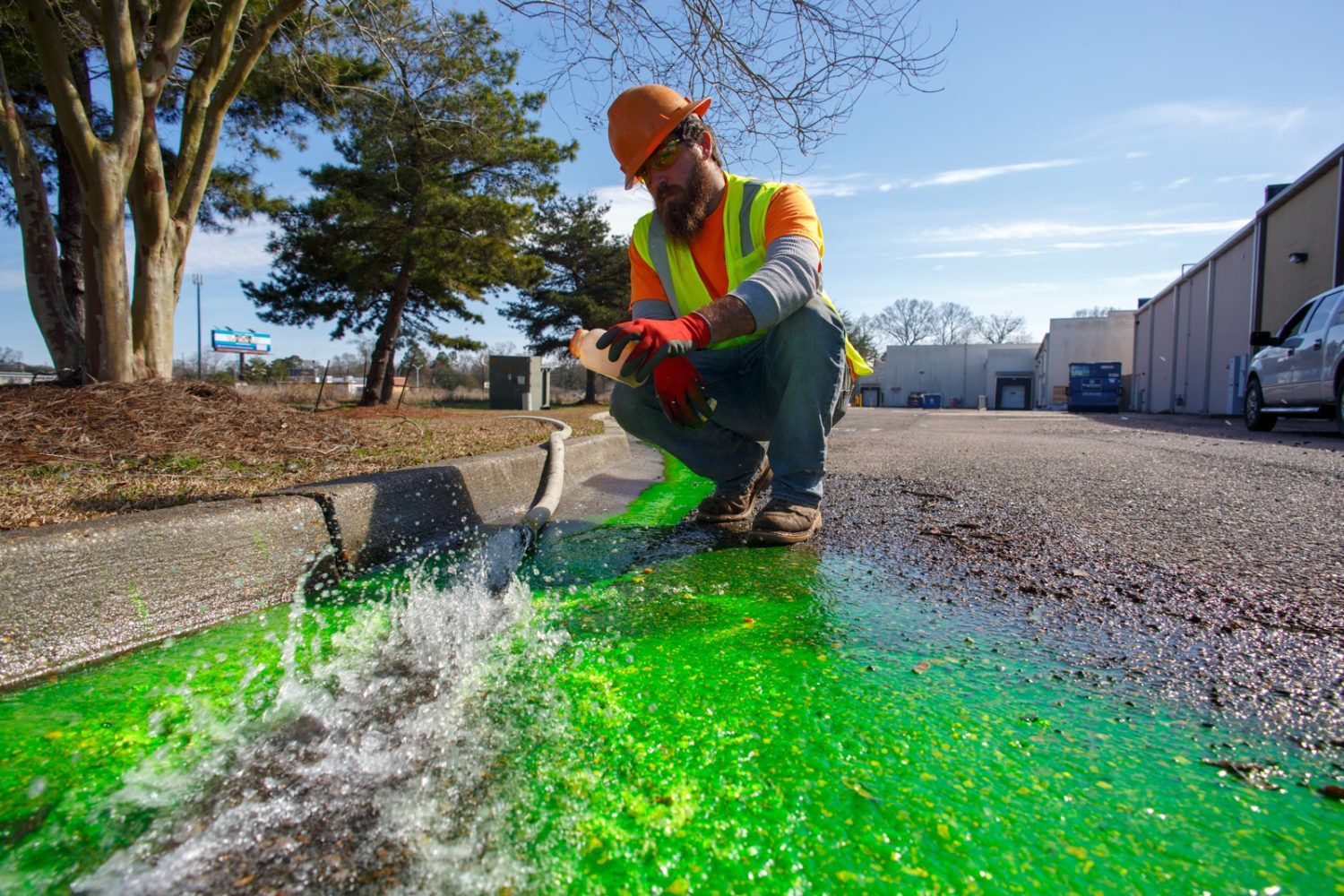Using tools like water-jetting or motorized equipment to unblock pipes can damage intersecting utilities, potentially leading to service outages for communications or electricity—or, in severe cases, worse outcomes.
To mitigate these risks, prevention programs should incorporate thorough inspections both before and after construction for new utility installations and replacements of existing infrastructure.
CES has proven experience with many of the nation’s largest gas utilities when it comes to identifying cross-bores. We take a proactive, technology-driven approach to cross-bore prevention and detection.
Before Construction Begins
Our team conducts comprehensive Pre-Bore Inspections to accurately map sewer mains and laterals with GPS data and minimize the likelihood of cross-bores.
After Construction
CES crews perform Post-Bore Inspections to identify any cross-bores and verify the integrity of both sewer and gas lines.
Our GIS mapping technology confirms all pipes are inspected and documented, and it identifies cross-bores for actionable data. This method also reduces unnecessary inspections, saving our clients costs over time.
frequently asked questions
Why choose CES for cross-bore locating?
CES has been a trusted partner for gas utilities since 2010, providing precise cross-bore prevention and detection services. Our team uses cutting-edge technology, including advanced CCTV, GPS, and GIS tools, to ensure accurate inspections and data.
By identifying potential hazards early, we help clients avoid costly repairs, mitigate inflow and infiltration (I/I) issues, and minimize system downtime. Above all, we are committed to public safety and provide cross-bore solutions that help protect local communities.
What are the risks of cross-bores?
Using tools like water-jetting or motorized equipment to unblock pipes can damage the intersecting utility, potentially leading to service outages for communications or electricity—or, in severe cases, worse outcomes. In rare instances, punctured natural gas lines have caused gas leaks through sewer laterals, leading to property damage worth millions, serious injuries, and even fatalities.
Compromised gravity sewers or storm drains can allow inflow and infiltration (I/I), introducing rainwater and groundwater into the system. This can strain equipment, increase operational costs, and cause sanitary sewer overflows (SSOs).
Unlike gas lines with tracer wires, sewer pipes can be difficult to locate during construction, increasing the likelihood of cross-bores.
Damaged gas lines intersecting sewer systems may result in gas leaks, explosions, or dangerous gas exposure in homes and businesses.

